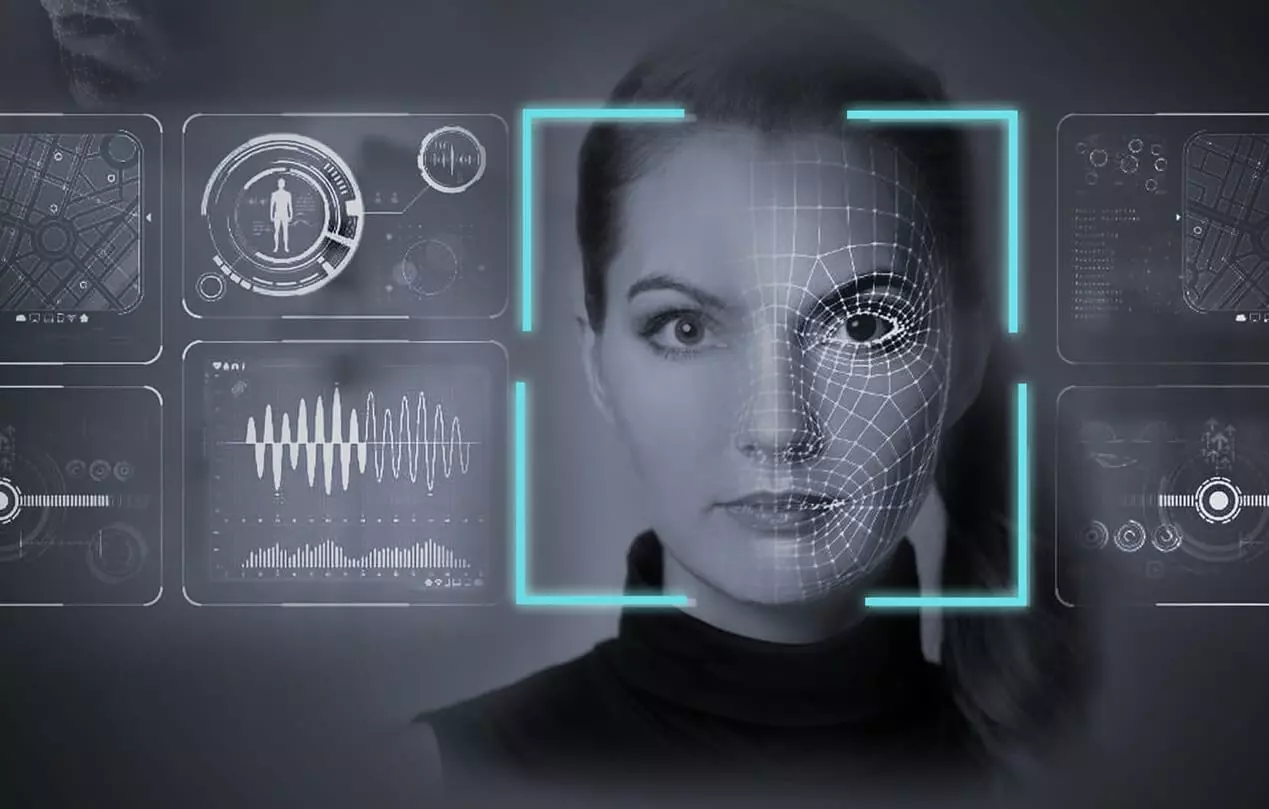In recent weeks, one thing that keeps popping up repeatedly when talking to customers is how they can implement technology to make businesses safe from COVID-19. At the same time, the security guide is constantly evolving, so any solution must be flexible. And any investment must generate a return even when the pandemic is over.
In particular, I am often asked about artificial intelligence (AI) in video analytics and how it can contribute in times of the coronavirus, and that is what I want to focus on in this post.
What is AI?
The elements of AI are already connected to our lives. When you talk to a robot via chat, for example, AI makes the experience more natural and performs routine tasks, such as answering frequently asked questions, scheduling appointments, or placing orders. When you finish that new TV series on Netflix, the AI collects information about your preferences and creates a personalized list of watch recommendations. When you quickly open Google Maps to get somewhere, the AI helps you find the fastest route. And those are just a few examples.
However, despite its prevalence, not everyone knows what AI means. Simply put, AI, that is, artificial intelligence describes machines that mimic human mental processes, such as problem-solving. These machines can "learn", respond to changing inputs, and perform specific, even highly sophisticated tasks.
Let's look at a popular example: you want a machine to learn to recognize a cat. You give him a huge amount of data, in this case, photos of felines. The software analyzes the data, identifying correlations and recurring patterns, such as whiskers, pointy ears, and furry tails. Then you can make informed decisions based on this "experience," distinguishing a pussycat from, say, a soccer ball (no ears) or a car (no skin).
AI in video analytics
Video analytics generally uses a type of a subset of artificial intelligence called "deep learning." Deep learning takes advantage of a multi-layered algorithmic structure called an artificial neural network (ANN) that is designed to function as a biological brain. But before we get lost in a terminological burrow, the key takeaway for us is that deep learning is exceptionally accurate and remarkably independent - it can correct itself and fine-tune its performance without expert human intervention.
Therefore, compared to standard analytics solutions, cameras with built-in AI engines are much more powerful and perform better. They offer great functionality and an exceptional degree of flexibility. With the help of a software development kit, applications for cameras can be developed according to specific and evolving needs.
AI in COVID-19
For example, at this point you might want to train a camera to recognize when shoppers, travelers, employees, etc. don't wear masks. Or maybe you want it to recognize when people are not maintaining social distancing, or to identify where human trafficking is creating congestion. With this technology, you can count the number of people at building entrances, estimate the size of the crowd, manage queues, and much more. In addition, thresholds can be defined and alerts sent when cameras observe that the rules are violated. This helps create a safe environment for both customers and employees, and assures them that protective measures are in place, as many people have not fully understood or correctly adopted preventive behaviors.
AI is flexible and fit for the future
Artificial intelligence-based video analytics can be leveraged in various scenarios, from retail to warehousing and logistics, airports, or government. The cameras can support multiple applications simultaneously. And they are not limited to the same fixed applications: they can be adapted.
So in the future, when the rules related to COVID-19 (hopefully) are no longer an annoying necessity, new applications can be developed. For example, a company may want to better identify the disposal of items in, for example, shoplifting, traffic monitoring or a workforce safety. The possibilities are practically unlimited.

